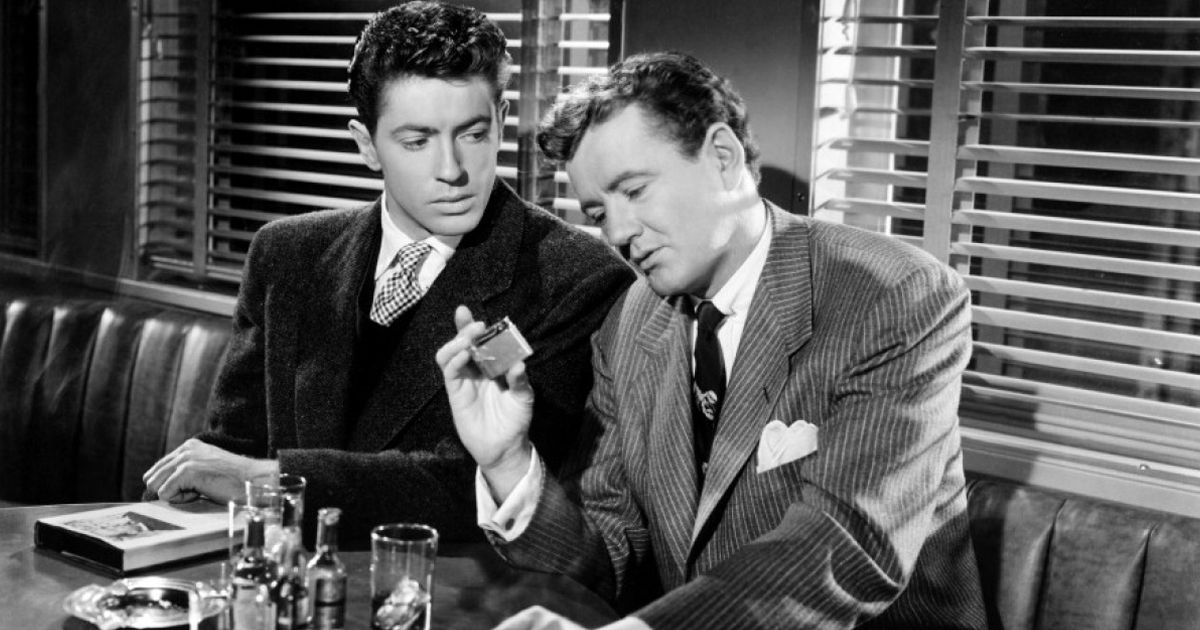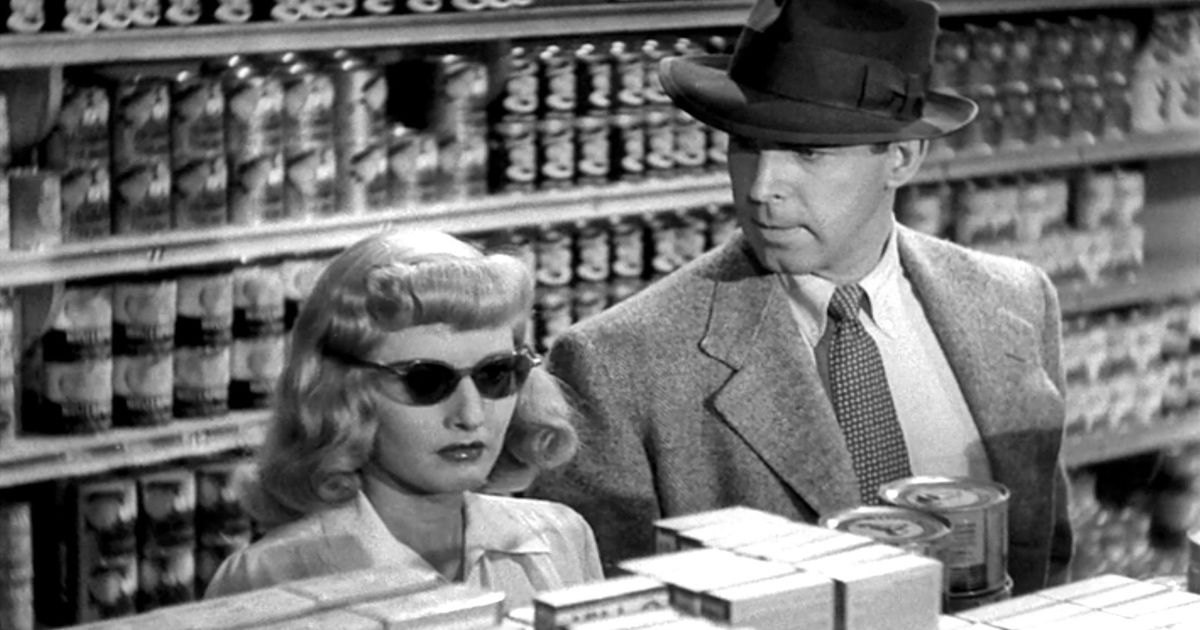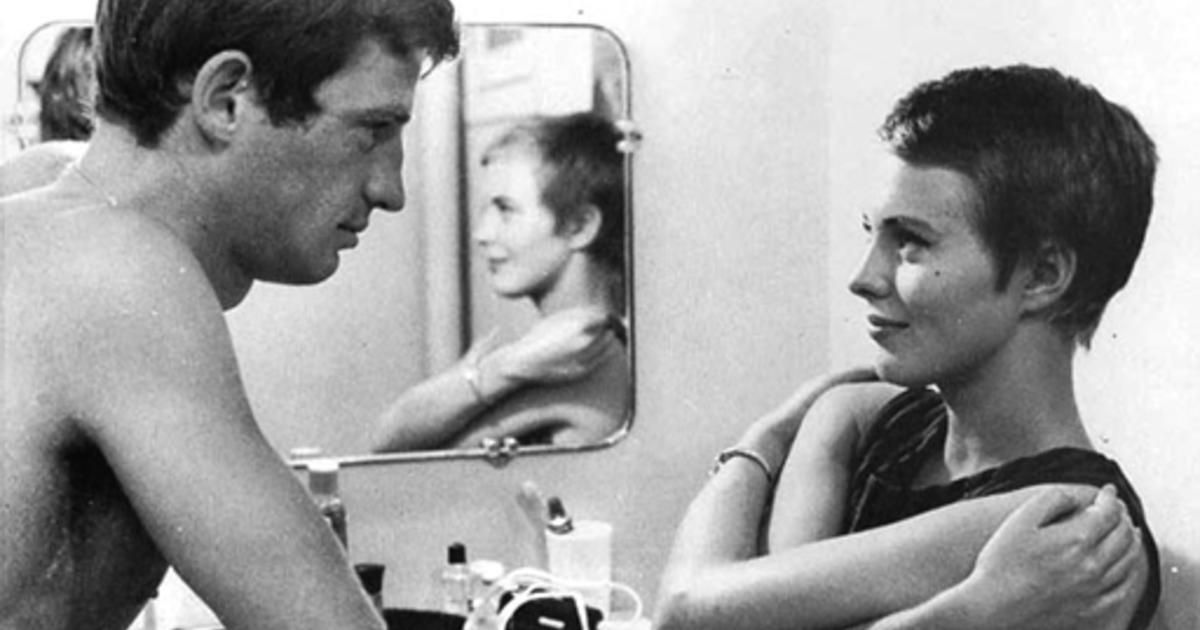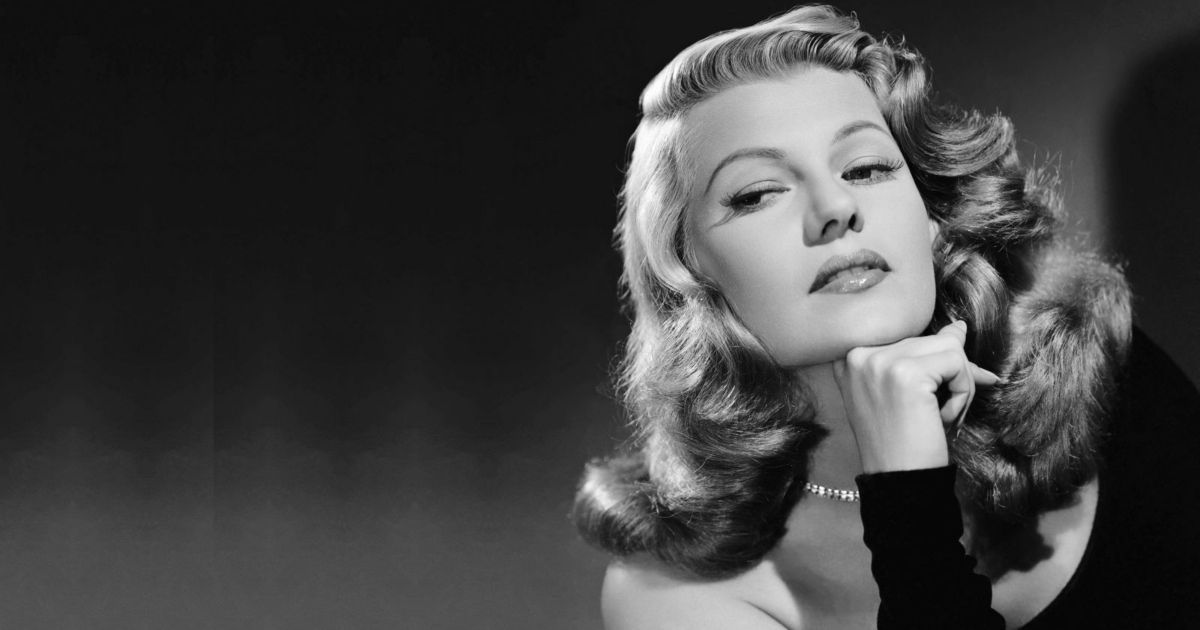The dark, gritty, yet alluring world of film noir captures everything from love and loneliness to crime and vices. Beloved characters became the model for many of the archetypes seen in film today and the decisions directors made were more than just jaw-dropping scenes but an example of eloquent commentary on the world around them.
Following World War II, much of the world saw cultural shifts take place. What made them alarming to some and exciting to others was that these changes took place in the home. There was no need to travel to distant lands to see different ways of life, as technological and social justice movements gave everyone a glance inside the life of different communities. The world was changing, and the film noir genre was reflecting it.
Film Noir: The Origin Story

As society leaped into the second half of the 20th century, there was also a shift in desire. Directors in France were disgruntled with the “cinema de papa,” dull, old-school films that critics like Francois Truffaut looked down upon due to their lack of substance. The historical narratives did not ring true to the creative new filmmakers who wanted to capture the ever-changing landscape of their respective cities. Directors wanted to film suspenseful crime dramas that saw their protagonists speed down the streets of Paris toward their own demise.
Mainstream cinema didn't seem to reflect the realities that so many people endured during World War Two — bombings, starvation, gas chambers, internment camps, broken families, and the blind allegiance of millions toward hateful fascists. The shadowy alternative to cheery, mainstream cinema at the time was the film noir, or the "dark film." These movies saw intriguing characters being led into the dark underbelly of the city, typically crossing paths with a 'femme fatale' woman coded as a venomous love interest who would be blamed for the protagonist's dismal demise, regardless of whether she was actively involved in his downfall or not.
These films centered around men with a mystique about them, a special charm that allowed them to succeed in events before and during the film. The seemingly basic premise allowed film noir to flourish in the postwar period, before evolving into different subsets and offshoots such as the French New Wave.
The Magic of Mise-en-scène

Film noir directors wished to engage with audiences in more ways than one. Creatives during the peak of film noir relied on mise-en-scène. Translating to “put in the scene", directors use position, dialogue, lighting, framing, and even clothing to signal audiences about a given character or to foreshadow the climax or conclusion of the film.
The stairwell scene in Billy Wilder's Double Indemnity (1944) is probably one of the most famous examples of mise-en-scène in film noir. The alluring Phyllis Dietrichson stands atop the staircase, watching over seedy, work-obsessed insurance salesman Walter Neff as they have a seemingly normal conversation.
At one glance, viewers pick up on the obvious attraction between them, but the scene has been commended for foreshadowing the eventual power dynamic in the relationship. Including infidelity already challenged existing notions about the sanctity of marriage however, the subversion of traditional gender roles added another exciting layer. With films like Gone Girl (2014) continuing to receive its flowers, the concept might seem dated. However, films like Double Indemnity and Le Samouraï are examples of films within film noir that toyed around with gender roles, pairing the dark, mysterious male protagonist with a femme fatale. The masterful use of mise-en-scene is just one of many methods creatives used to discuss gender, family, and class.
The Femme Fatale: Film Noir and Femininity

At a glance, the film noir genre and the many archetypes within that world seemed like a dream to their intended audiences. Men and boys could look to actors like Humphrey Bogart to serve as their models for masculinity. Women who were disgruntled with the postwar pressures of marriage and motherhood could find their dreams achieved by women like Phyllis, both with varying degrees of intensity. There was an adequate amount of commentary on the world around them, but just enough to keep audiences interested rather than frustrated.
Of course, this does not come without caveats. While female characters displayed immense power in these films, the aforementioned femme fatales were demonized in the process. It almost seemed like a reflection of society's fear toward women after they took more of an economic and political role in western culture during the war.
Some characters met this demonization with indifference, fully aware of the cards stacked against them. However, the indifference captured in the various fictional projects under the film noir genre does not ultimately reflect or translate into reality. The fictional femme fatale became a bogeyman used to silence women in the real world and deter them from voicing concerns over legitimate issues such as abuse, lack of financial independence, and infidelity.
The Interrogation of Gender

Femme fatales act as a form of representation of women who found themselves free from the cult of domesticity. As mentioned, the 1940s saw women join the workforce. As a result, their mere freedom led to a societal interrogation of gender roles, sexuality, and marriage. Even Phyllis in Double Indemnity, a notable femme fatale, did not murder out of bloodlust but rather for freedom and financial security. The film acknowledges her desire for autonomy and yet, after the fallout, Walter is made out to be the character that deserves the most sympathy despite his role as a co-conspirator.
The vilification of Phyllis is further made through the introduction of Lola. The demure daughter of the late Mr. Dietrichson suspects her stepmother of plotting yet another murder. Acting as a foil, Lola steers clear of danger because she does not upset the balance of existing social constructs.
Film noir stands as one of the most beloved genres in cinema: for its action-packed scenes and its dark aesthetic, but also because of the various methods directors use to craft assertions about the real world. The aforementioned films challenged existing norms surrounding monogamy while continuing to endorse misogyny in the process. Alongside existing misogynistic tropes, the films contended that instances of crime and infidelity were neither isolated nor could be wiped away with a single generalization.
Film noir saw its protagonists and antagonists alike depicted in various manners. There were undeniable monsters in some films whereas other films had multi-faceted villains whose actions were enabled by existing ailments of society such as poverty and discrimination
Reviewing and gaining a depth understanding of prevalent themes in film noir help highlight how events in the film reflect the existing attitudes of its audience, whether the epiphanies arrive on premiere night in 1944 or at home, during a dark, rainy night in 2023.